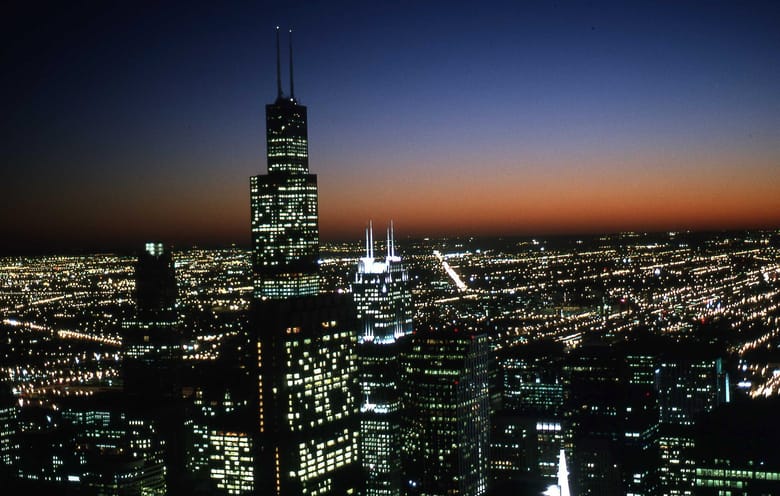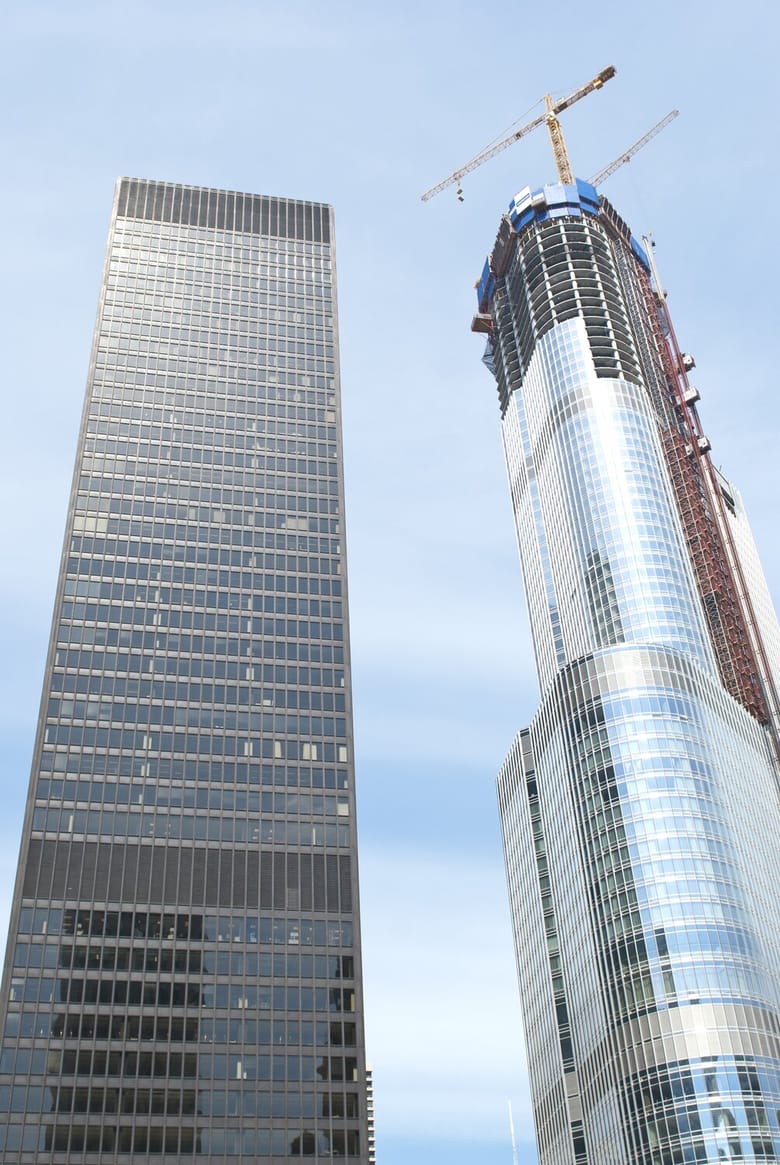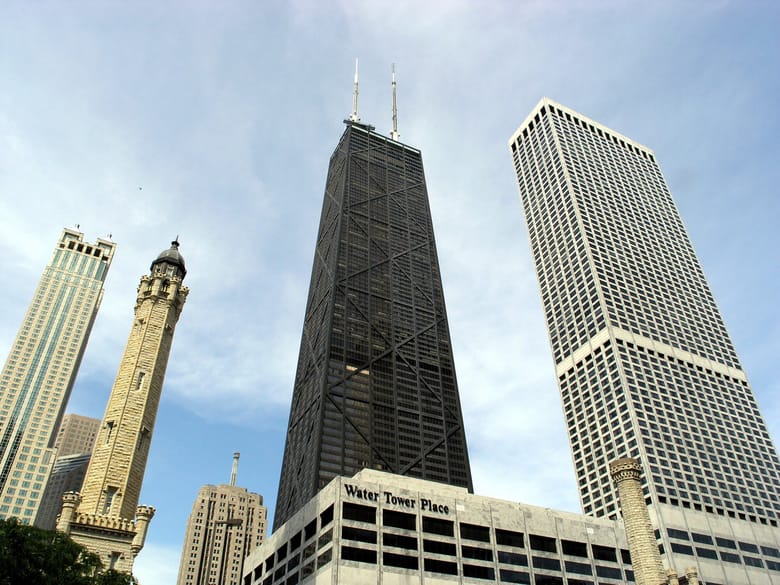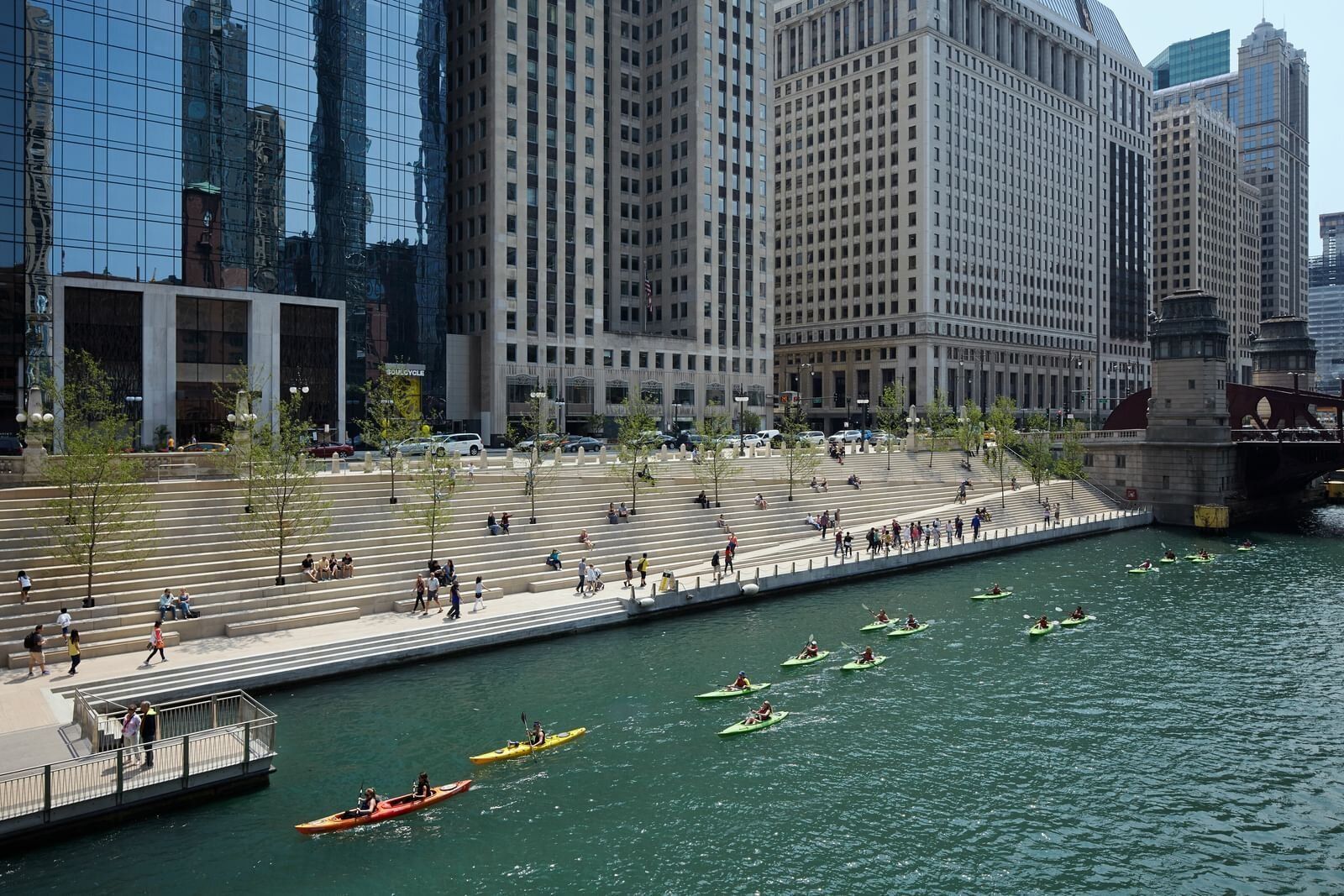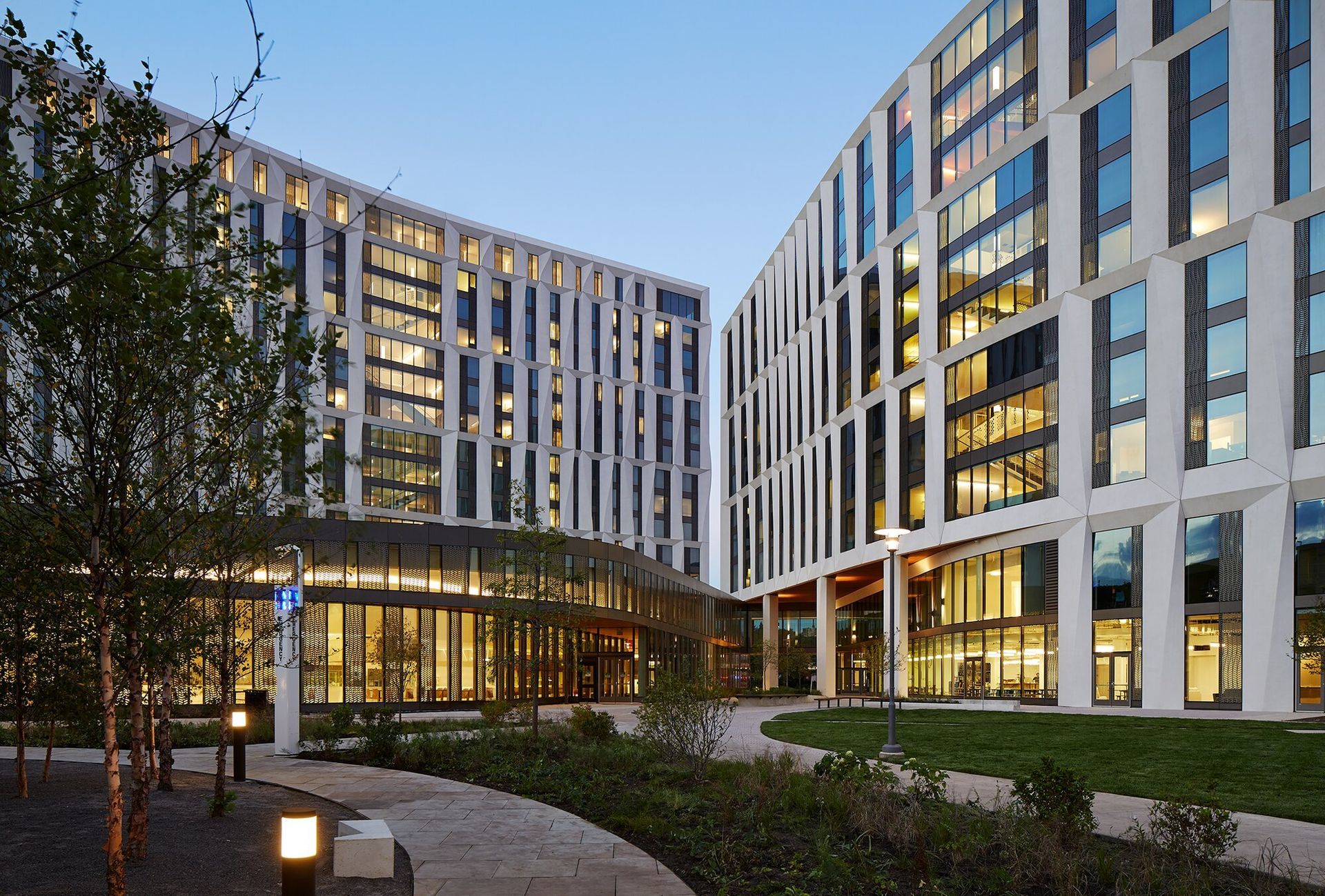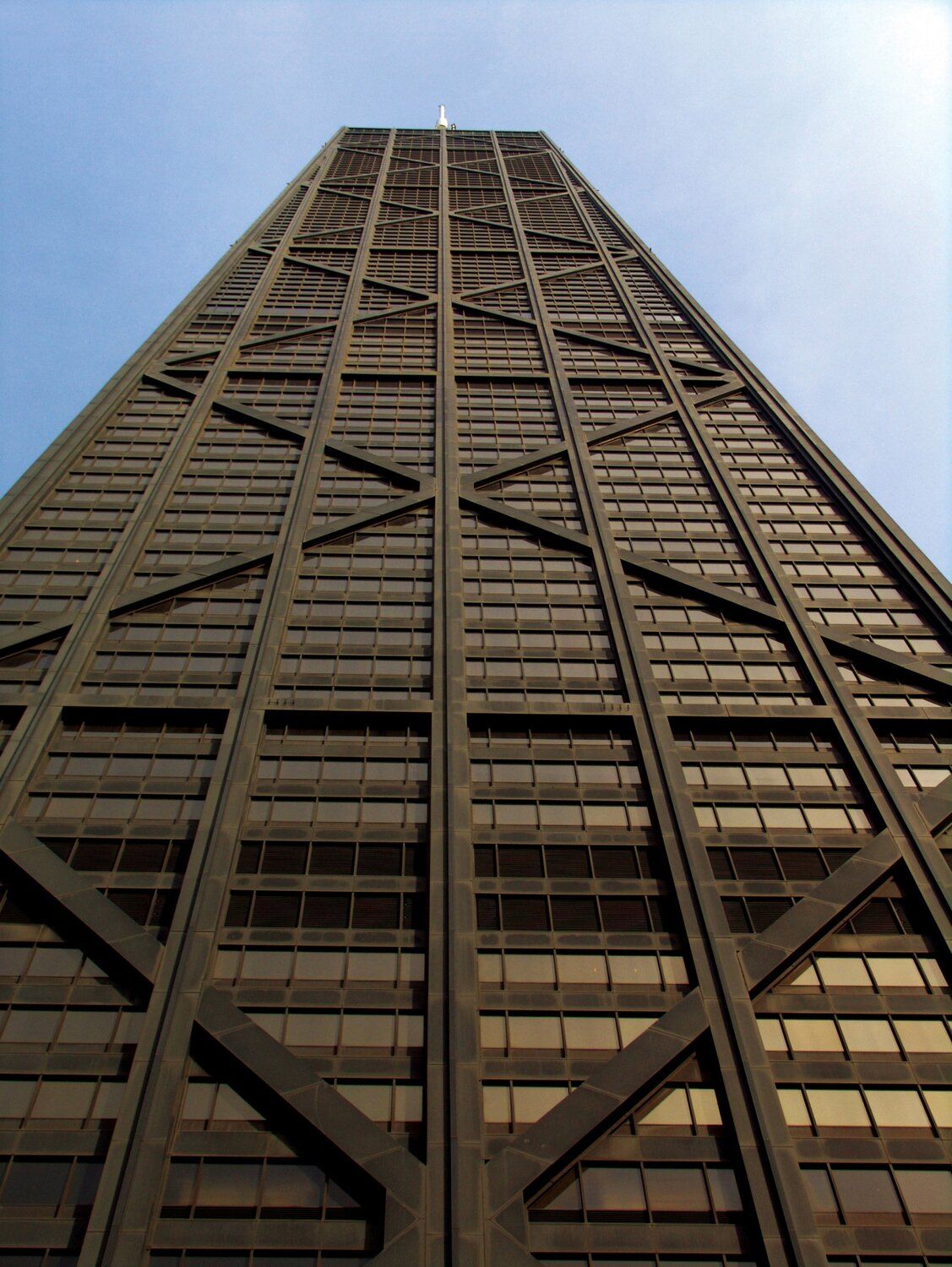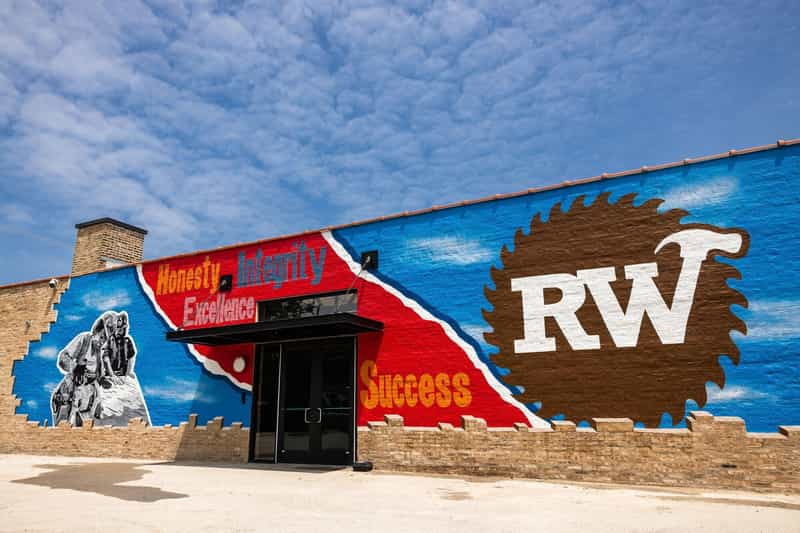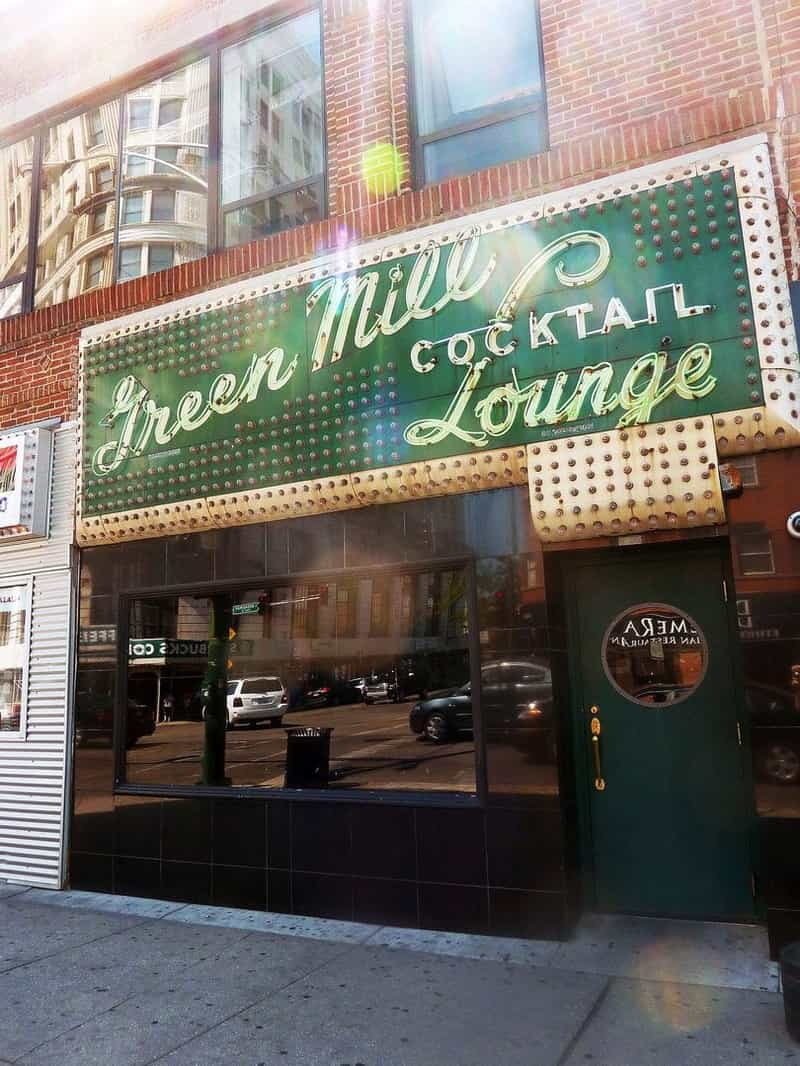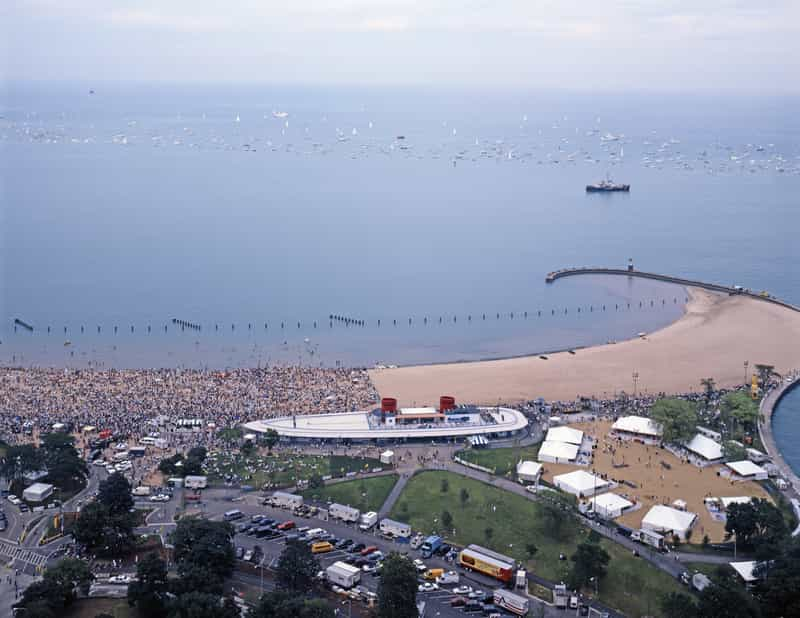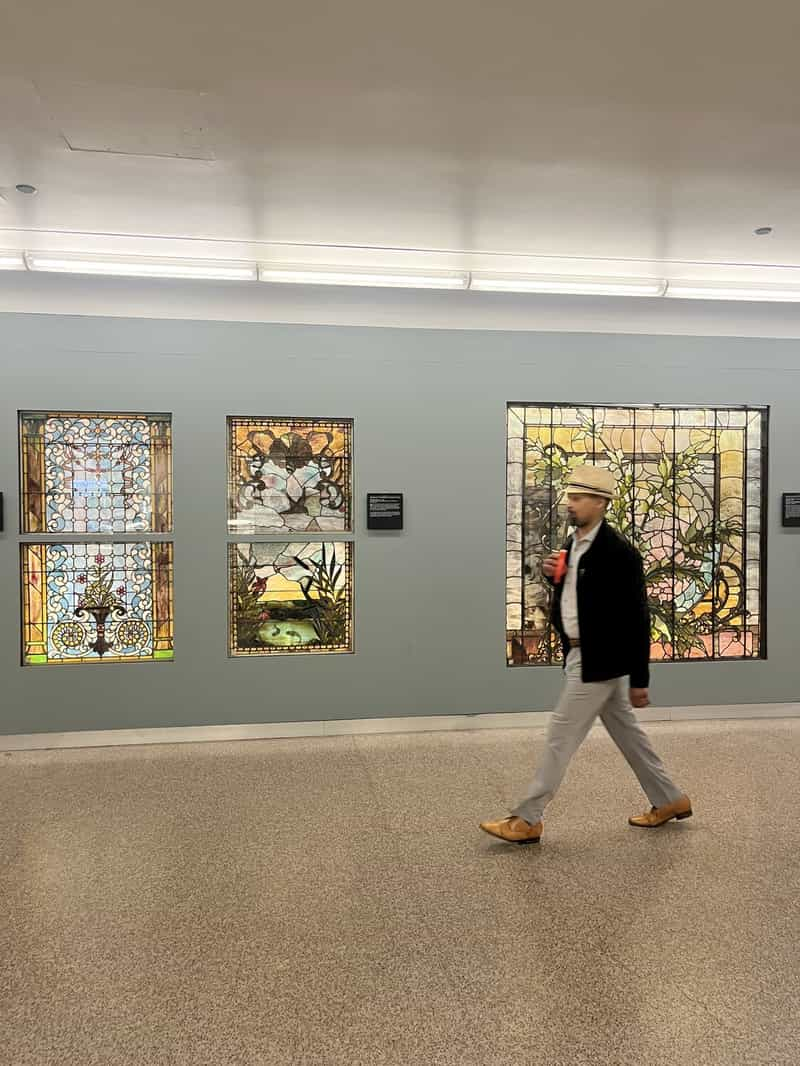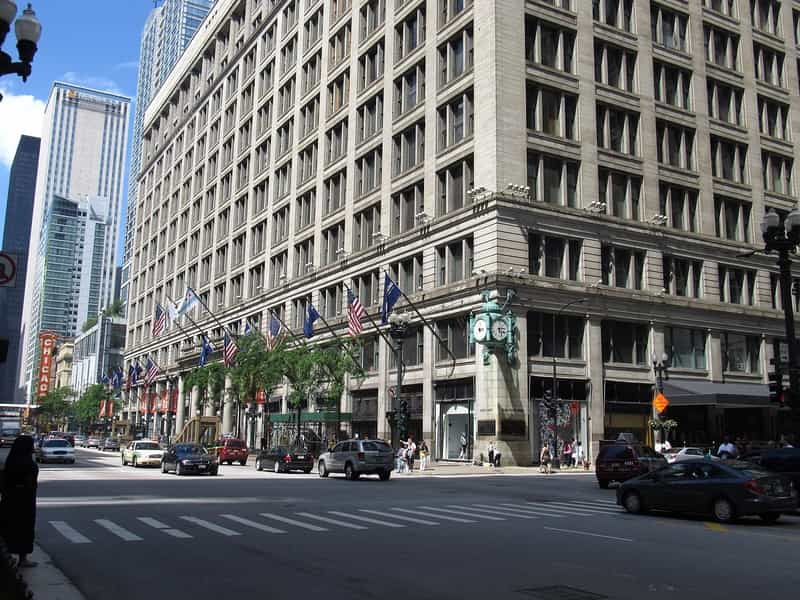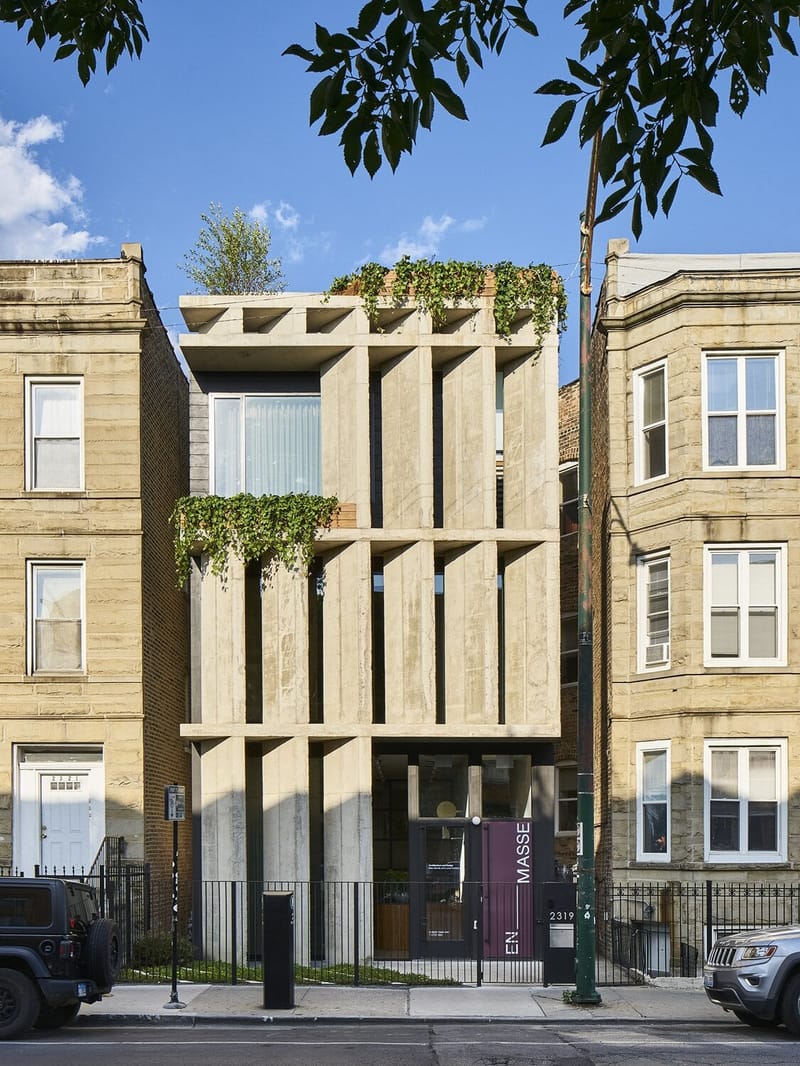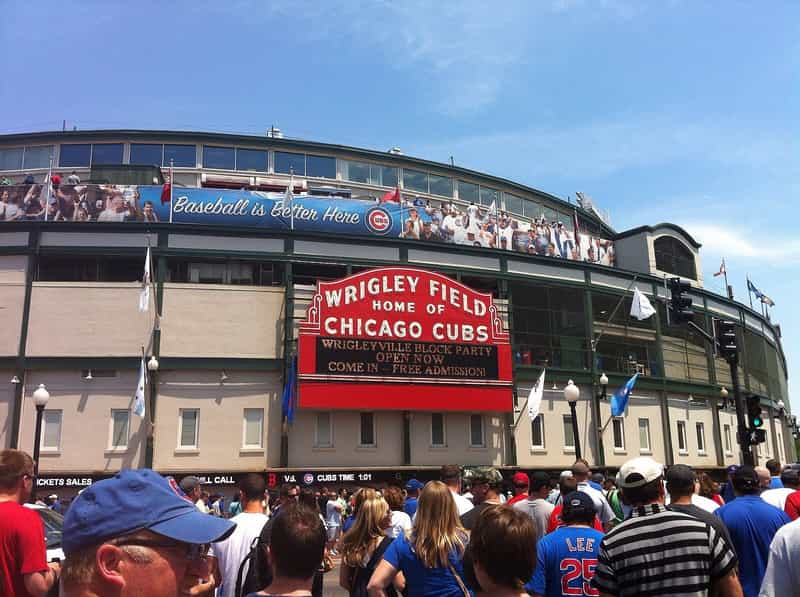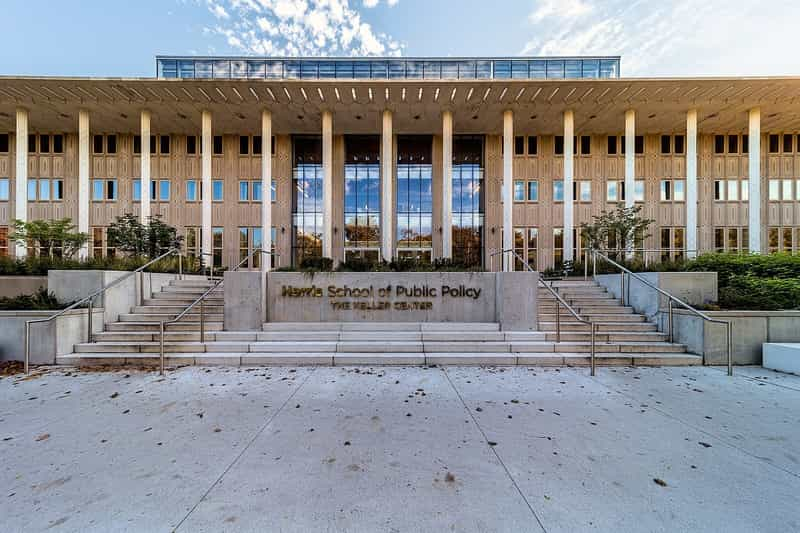Skidmore, Owings & Merrill
Willis Tower
Trump International Hotel And Tower
John Hancock Center
Skidmore, Owings & Merrill (SOM) is a global collective of architects, designers, engineers, and planners renowned for creating some of the world’s most innovative buildings and continuing to shape cities around the world today.
The firm was founded in 1936 by Louis Skidmore and Nathaniel Owings. Partner John Merrill joined the Chicago architecture firm three years later. The firm grew quickly, opening offices in other cities, and by the 1950s employed over 1,000 people. As new architects were hired – many having graduated from the Illinois Institute of Technology (IIT) after studying under Ludwig Mies van der Rohe, dean of the school of architecture – the firm’s work influenced the widespread use of Mid-Century Modern design. Having pioneered the multidisciplinary approach to design, SOM established an influential model for firm operations and management.
With committed modernists like Gordon Bunshaft (Pritzker Architecture Prize, 1988) and Natalie de Blois, SOM continued to attract attention from prospective clients and the design world at large. By 1950, the firm had earned an exhibit devoted entirely to its innovative design work at the Museum of Modern Art, signaling its status as the architecture firm of the postwar moment in the U.S. and abroad, delivering architecture that responded to new technologies and societal expectations.
A second generation of influential designers expanded the firm’s legacy. Bruce Graham and Walter Netsch brought modernity to Chicago’s Loop with their office tower for Inland Steel — a design that influenced Bunshaft’s Chase Manhattan Bank headquarters in Lower Manhattan. Netsch broke away from the Mies and Le Corbusier-inspired constraints learned by SOM’s first generation, creating a stunning contrast to the U.S. Air Force Academy Campus’s rigidity with a 17-spire Cadet Chapel. He also developed his own, highly versatile and geometric “field theory” approach to architecture, best exemplified by his design for the University of Illinois at Chicago’s Circle Campus. Edward Charles Bassett brought an intense concern for the environment to the Seattle-Tacoma area with his “groundscaper” for the Weyerhaeuser Company Headquarters that masterfully integrated architecture into its natural surroundings.
The integration of architecture and engineering was a founding principle of SOM, exemplified in so many of the office buildings, museums, and transportation facilities the firm has designed over the years. Perhaps no one engineer has had as much of an impact on architecture more broadly as Fazlur Khan, who played a critical role in the construction of Chicago’s John Hancock Center (AIA 25 Year Award, 1999) and Sears Tower, through the implementation of his tube structural system. Working with Bunshaft, he also helped realize the Hajj Terminal (AIA 25-Year Award, 2010) in Jeddah, Saudi Arabia. Khan’s work continues to influence the design of supertalls all over the world to this day, including the Burj Khalifa—designed and engineered by SOM and completed as the world’s tallest building in 2009.
SOM's interdisciplinary approach has led to the creation of technically innovative and environmentally sustainable buildings and significant public spaces around the world. In Chicago, notable ongoing and completed projects include:
- 800 Fulton Market
- 400 Lake Shore
- Chicago Public Library, Chinatown Branch
- Taylor Street Apartments and Library

